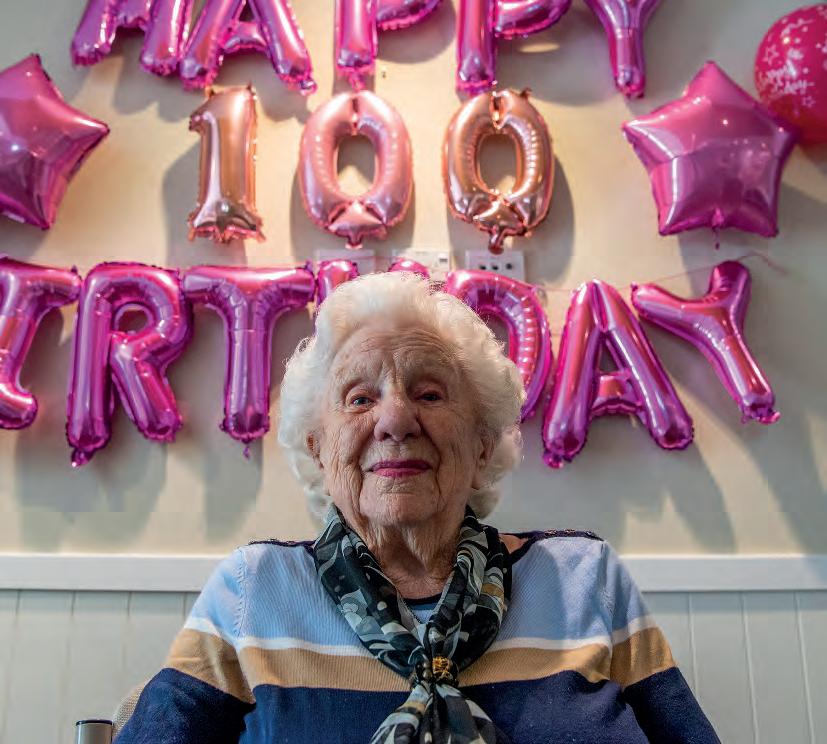
3 minute read
An Essential Service
Norma Bucknell, veteran of the Women Royal New Zealand Naval Service during World War 2, and just turned 100.
It was a sense of being wanted, says Norma Bucknell.
Advertisement
Norma was among around 700 women who joined the Women Royal New Zealand Naval Service (WRNZNS), established in mid-1942. Norma’s parents had died by the time she had turned 16 and wartime service was also a way of gaining some independence.
The ‘Wrens’ were particularly in demand for signals. They were trained in various types of communications work, including visual signallers, telegraphists, and telephonists, teleprinter operators and telegraphists.
Norma didn’t know anything about the Navy – apart from dating a sailor who “sailed away” – but she had been a Girl Guide and had instruction from the Army in Morse Code. The director of the WRNZNS had been the Chief Commissioner for Girl Guides in New Zealand. Norma says if you were a Girl Guide, you got a foot in the door.
There were about 15 Wrens working in Lyttelton at the Signals Department Office. Norma, service number W99, stayed with an Aunt in Christchurch and travelled by train to Lyttelton each day, working as a radio operator. Her work was in decoding.
Norma says she would have loved to go overseas, and even her transfer to Wellington felt, at least initially, like a big adventure. However, night duty in Wellington involved spending the night at the Wellington Museum after 11pm in a room full of stuffed animals.
A particular memory in Wellington was meeting First Lady Eleanor Roosevelt, who came to New Zealand in 1943 to visit the United States forces, look at the work of the American Red Cross and study the contribution of New Zealand women to the war effort.
Norma and another girl were waiting outside a Navy, Army and Air Force (NAAFI) Club when a big car with an American flag stopped outside.
One moment of excitement was receiving an urgent coded message from the Interislander ferry.
Norma met her future husband, Tom, at a dance in Wellington. Tom was in the Air Force and they stayed in touch, marrying after the war was over. The couple have two children and Tom has since died. Norma retired to Christchurch, but moved to Auckland following the Christchurch earthquakes and hasn’t returned.
Written by Andrew Bonallack, Navy Today Additional material from “75 Years of Memories – Women in the Royal New Zealand Navy” by Anne Hines.











